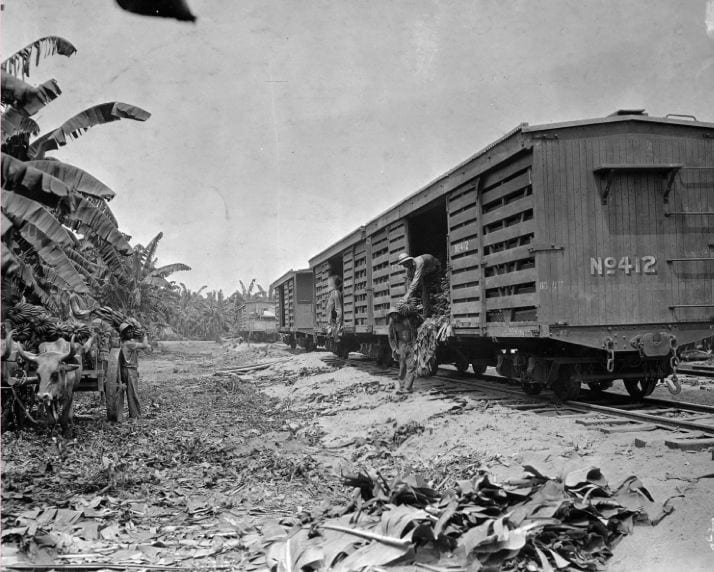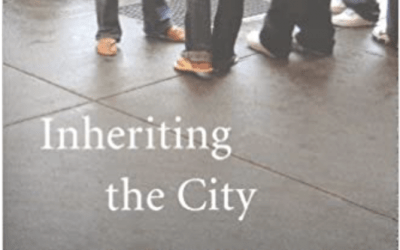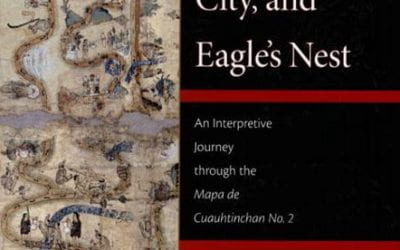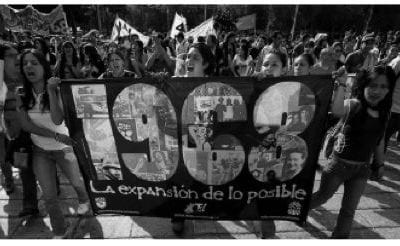Making A Difference: Repatriating Photographs

Loading fruit, zacapa, Colombia, April 12, 1927. Photo courtesy of Baker Library Historical Collections, Harvard Business School
I first learned of the United Fruit Company’s operations in Colombia, like many people, when I read Gabriel García Márquez’s 100 Years of Solitude and its description of the 1928 massacre of banana workers in Santa Marta. A few years later, I was researching United Fruit for my dissertation, and was met with a wall of silence when I tried to contact the company to gain access to its records. Several other scholars including Philippe Bourgois, Marcelo Bucheli, and Jorge Giovannetti, have managed to access UFCO papers in scattered locations (in Panama, Colombia, and Cuba, respectively). But company headquarters insist that the records have been officially destroyed and are not available to scholars.
There is one repository, though, that is open to scholars and that has been used by many of us who have researched United Fruit over the years: the photograph collection at the Baker Library at the Harvard Business School. When I was writing my chapter on the Colombian banana industry for Linked Labor Histories: New England, Colombia, and the Making of a Global Working Class, I spent some time going through the Colombia albums in the collection, and chose an arresting photograph of what the company photographer identified as a “native family” in the banana zone to include in my book. I loved the image so much that I hung a framed copy in my house.
In the fall of 2007 I hosted a Colombian union leader from Santa Marta on tour in Boston, and I showed him the photograph, and told him about the collection. “You know, those belong to us,” he told me quietly. His words stayed with me over the past year.
2008 marks the 80th anniversary of the 1928 massacre, and on December 5. I attended a conference at The University of Magdalena to commemorate the anniversary of the massacre. While working on my conference paper, the union leader’s words continued to haunt me. I finally contacted librarian Laura Linard at the Baker. Would the library be interested, I wondered, in sharing some of its images with the University of Magdalena, in a sense, returning the photographs to the place and people that they came from?
With the collaboration of DRCLAS and the Baker Library, we selected 28 images from the UFCO collection Colombia albums. Some of the photographs show the company’s operations and facilities, some show the workers, and some show the results of the 1928 strike, uprising and massacre. Many company buildings were destroyed during the conflict, and the destruction was meticulously documented.
I arranged to give the photographs as a gift from DRCLAS and the Baker Library at the anniversary conference in Santa Marta. I am extremely grateful to be able to play a small role in restoring a slice of history to a region that provided so much wealth, and so many bananas, to my native Boston.
Related Articles
A Review of Inheriting the City: The Children of Immigrants Come of Age
As an immigrant trying to understand urban diversity here, I come back time and again to the U.S. writer E.B. White’s often-cited passage in Here is New York (1948) in search of useful clues. “There are roughly three New Yorks. There is, first, the New York of the man or woman who was born there, who takes the city for granted and accepts its size, its turbulence as natural and inevitable. Second, there is the New York of the …
A Review of Cave, City, and Eagle’s Nest: An Interpretive Journey through the Mapa de Cuauhtinchan No. 2
The publication of Cave, City, and Eagle’s Nest is an exceptional achievement, bringing into the light a tremendously important but formerly obscure Mesoamerican codex or pictographic text. Analogies to the (re)discovery and interpretation of the Dead Sea Scrolls are not unwarranted insofar as the book marks the reemergence of a fabulous and fabulously significant 500-year old document—the Mapa de Cuauhtinchan N…
Revolution by Osmosis: A 60s Remembrance
I grew up in the peaceful paradise of Costa Rica. I can picture myself as a 13-year-old in 1960, a rebellious teenager with little self-esteem growing up in the exuberant tropical landscape surrounded by mountains, volcanoes and the sea. The big commotions of the 1960s that would shake the world did not reach us. The first tremors that heralded in the Cuban revolution, student movements, Vietnam and the feminist movement …




